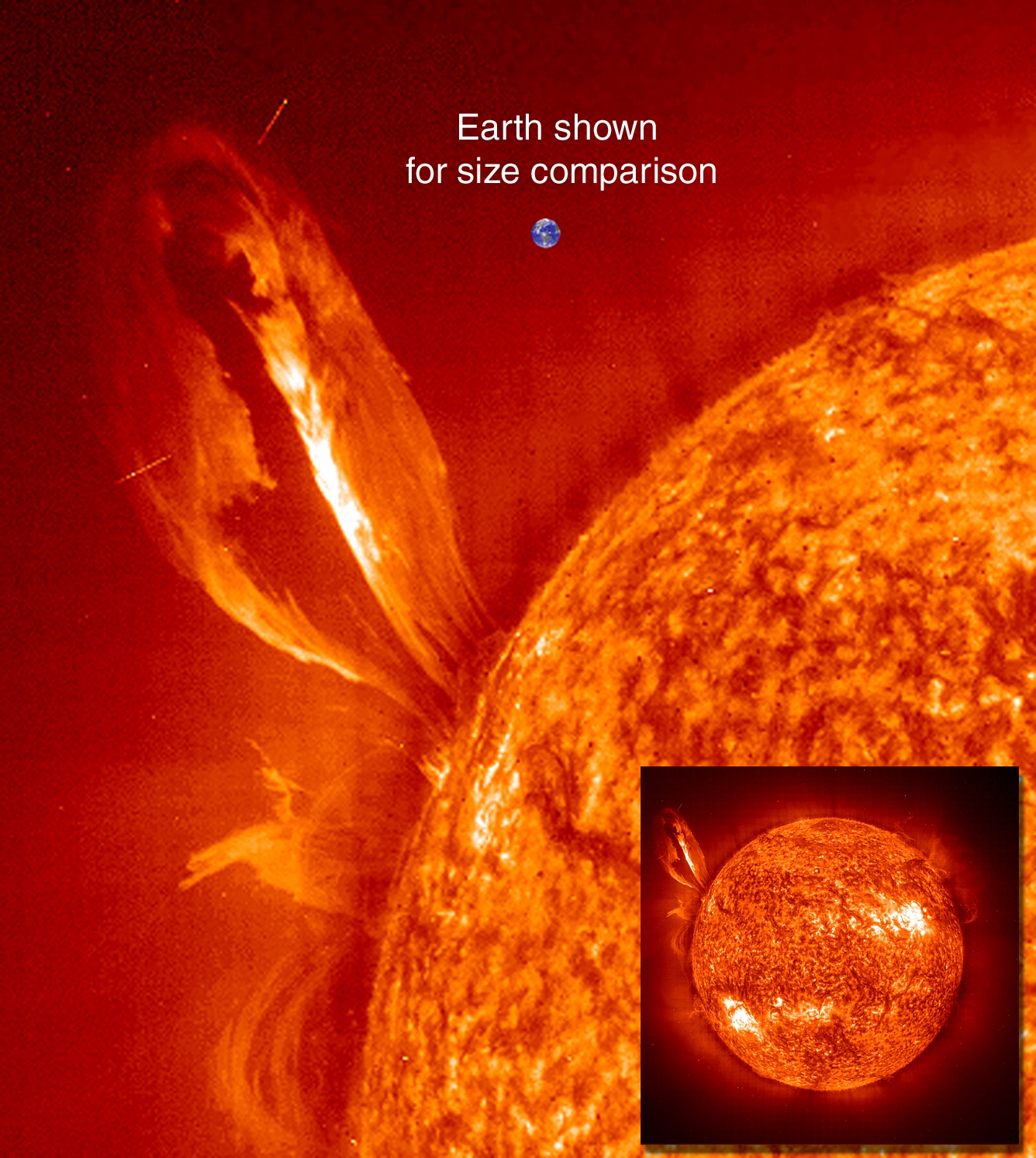http://www.spacenews.com/launch/100423-af-launches-space-plane.html
Air Force Launches Orbital Space Plane Experiment

Air Force Launches Orbital Space Plane Experiment
The U.S. Air Force on April 22 launched a winged spacecraft designed to conduct military experiments on orbit for as long as nine months before re-entering the atmosphere and gliding to a runway landing in California.
The service hopes the unmanned X-37B Orbital Test Vehicle will pave the way for a cost-effective, reusable spacecraft platform that can be reconfigured on the ground and relaunched in just a few weeks, Gary Payton, undersecretary of the Air Force for space programs, said April 20 during a media teleconference. But because the X-37Bs specific experiments are classified, as is its budget, much about the mission remains unknown.













